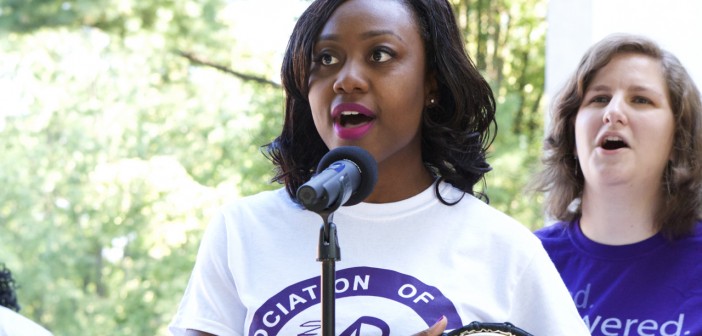“Younger clergy aren’t necessarily better. They’re just younger. And that matters.”
— Lovett H. Weems, Jr.
In recent decades, many North American churches have suffered a serious and sustained decline in the number and percentages of clergy under the age of 35. In many denominations, the percentage of younger clergy has slipped to 5 percent or even less. There are a number of important reasons why the pool of clergy must include a proportionate number of younger persons. The declining number of young clergy deprives the profession at both ends of the age spectrum. The new ideas, creativity, energy, and cultural awareness often exhibited by the young are lost. And with more persons entering ministry with fewer years to serve, the wisdom and experience that can come with long tenures in ministry are also in jeopardy.
In many instances, young clergy bring tremendous energy to the demands of ministry because of the mental and physical stamina associated with youth. The schedules and routines of the young may be more flexible, and they are available for and interested in innovative challenges holding significant risk.
Young clergy also have certain advantages in reaching out to their own generation. They are more likely to speak the language of an emerging generation whose world view and communication modes differ from those of their parents’ generation. They show high sensitivity to diversity and other cultural realities in today’s world. Just as important, the mere presence of young clergy in a church symbolizes that younger persons are valued as leaders and participants.
These factors help explain why young clergy seem particularly well‐suited to the task of church planting. Research conducted in the Episcopal Church has found that pastors between the ages of 24 and 35 were the most successful in founding churches that reach 250 or more in worship attendance within seven years. An informal poll of congregational development officials in the United Methodist church also showed a preference for church planters aged 25 to 35.
Research on the differences between younger and older seminary students sheds light on some other attributes of younger clergy. While older students tend to bring important experience in congregational life, younger students tend to enter seminary with better academic records in college or previous graduate studies, and they are more likely to have educational training in disciplines such as theology, religion, philosophy, and other humanities traditionally regarded as appropriate preparation for theological study. And preliminary data from Lewis Center research on pastoral effectiveness indicate that laity tend to rate young clergy as highly effective, even though they may not be as self confident as their older peers.
But just as youthfulness has advantages in ministry, so does experience. Leadership is a form of expertise that has a long gestation period. In most fields, attaining the status of expert requires at least ten years of extensive experience and training. Without sufficient numbers of younger persons entering the profession, there will be fewer clergy in the pipeline who have achieved the longevity of service required for the most challenging pastoral assignments and denominational leadership roles.
Having a proportionate number of young persons entering ordained ministry is vital to the vibrancy of the church, as well as its ability to attract younger congregants and form new congregations. And it is essential for developing the long‐term experience in ministry necessary for the most challenging assignments. Young clergy do, indeed, matter.
Adapted from The Crisis of Younger Clergy by Ann A. Michel and Lovett H. Weems, Jr. (Abingdon Press, 2008). Used by permission.




